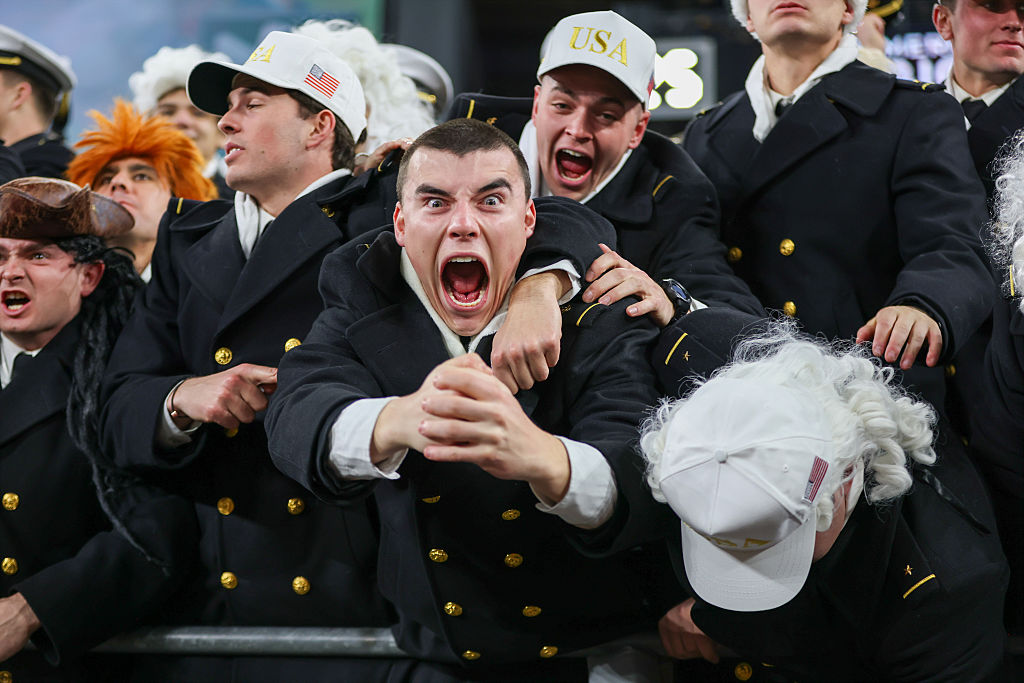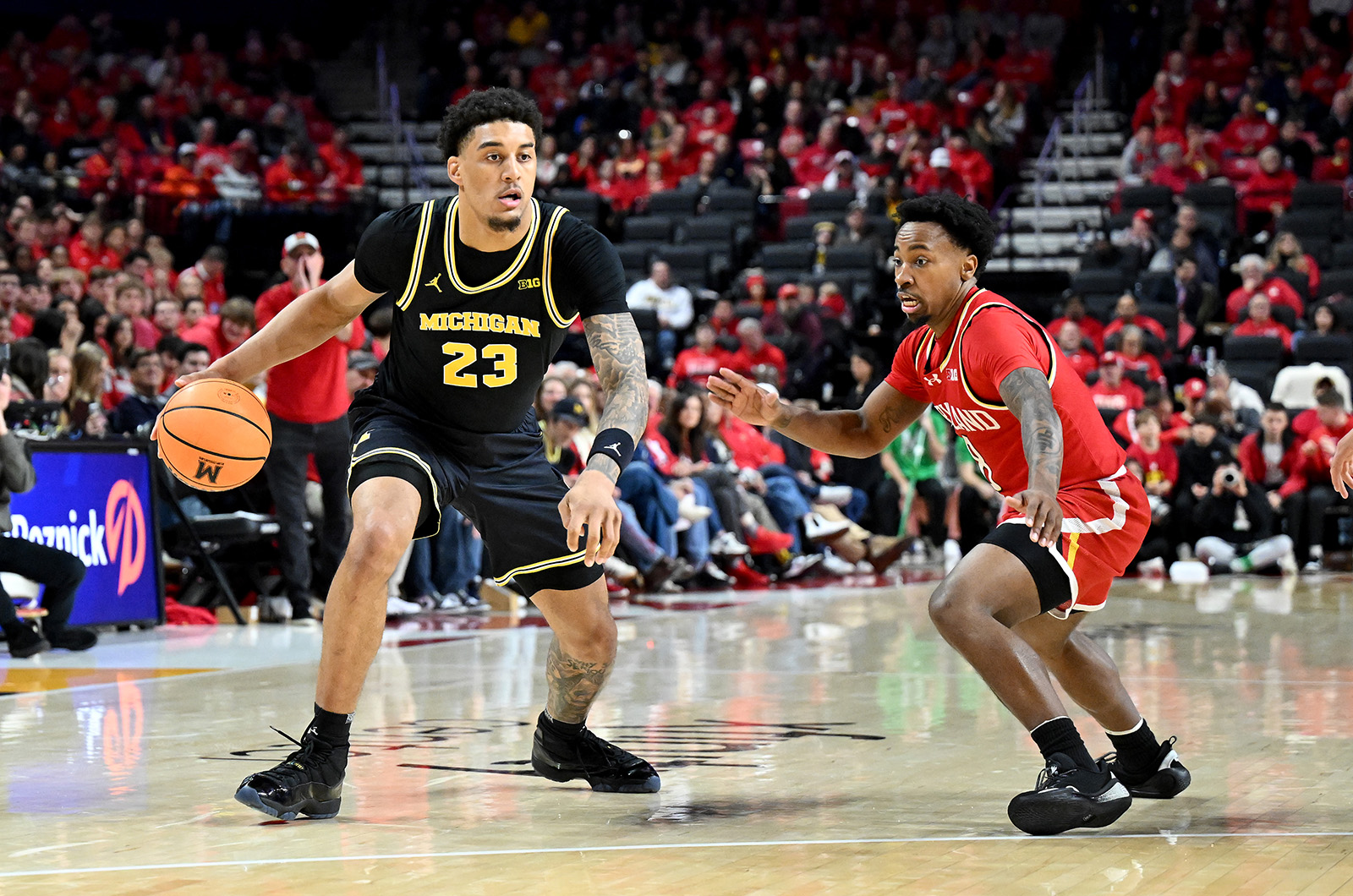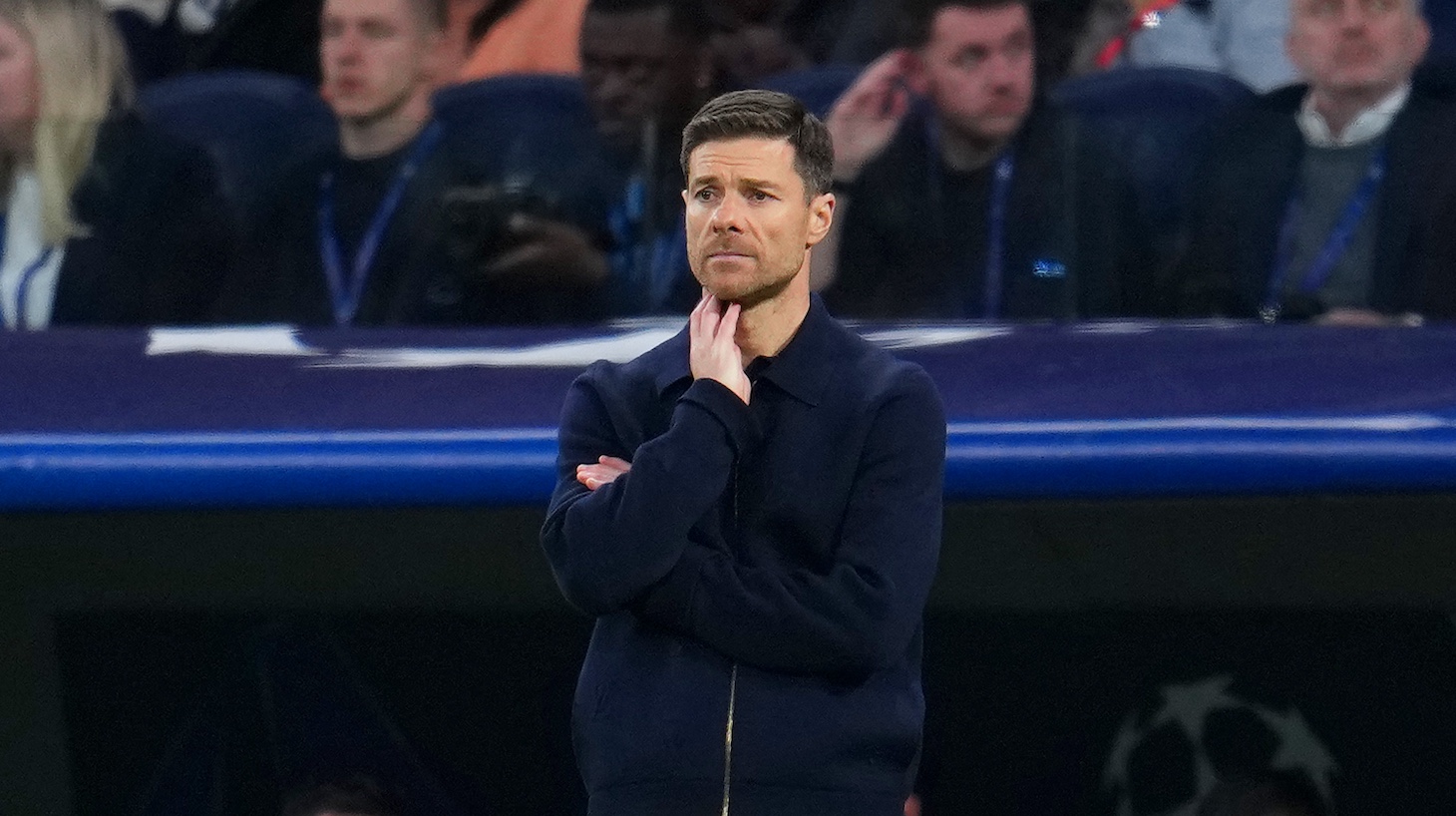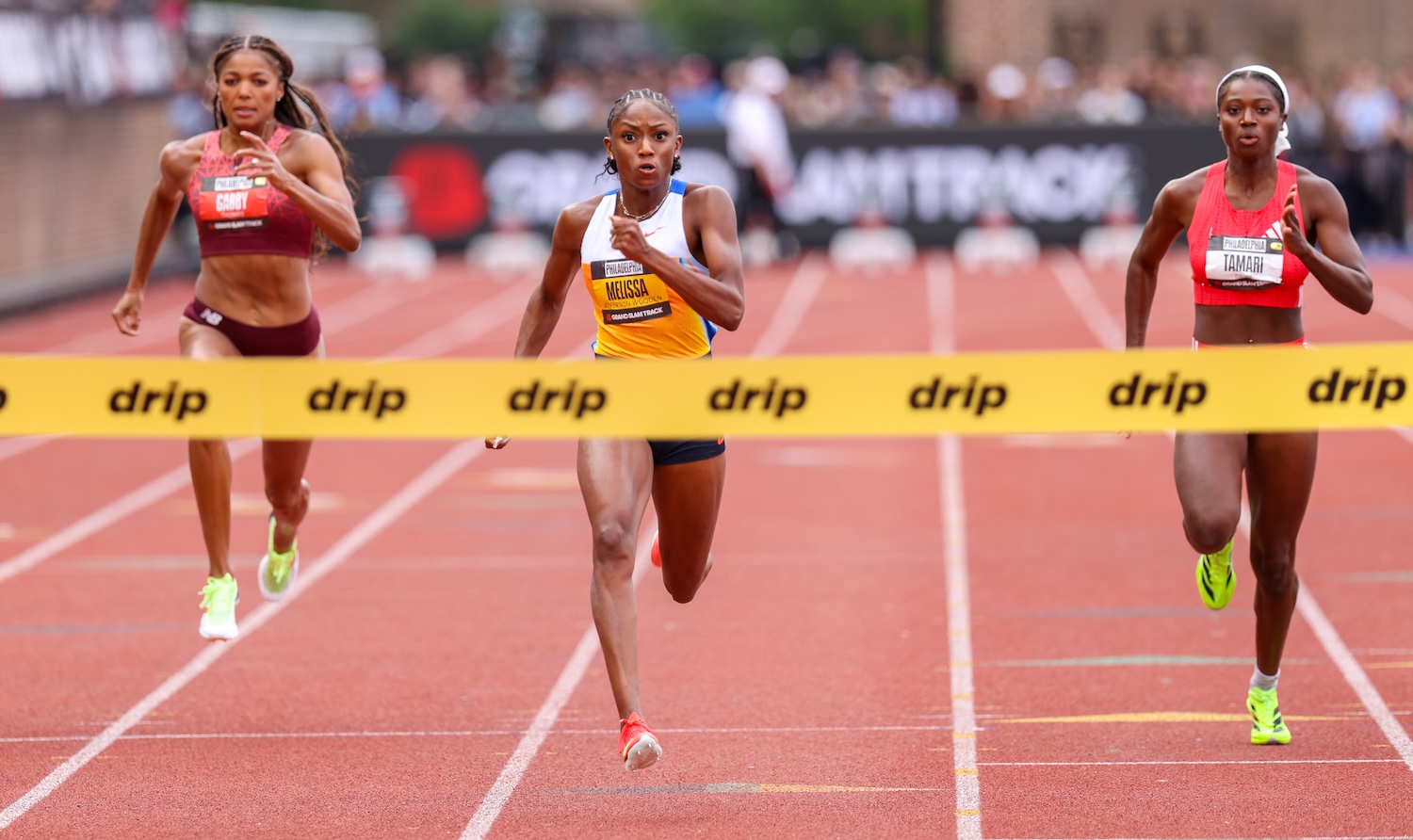It is a weird but entirely satisfactory anomaly of the first true college football national tournament that the seeding mattered exactly not at all. The lowest seed in the field is going to end up as a touchdown favorite over the highest seed remaining, three of the four semifinalists are big, name-brand schools that can be found less than 500 miles from each other, and every remaining team is a traditional powerhouse.
In other words, in its first attempt at a proper tournament, this most baronial of sports got the only things it ever wants, which is an emphatic reinforcement of its regional roots (plus those outworlders from Austin) and the return of Notre Dame. The rest of you can piss right off.
This is a sport that sought its brightest moment in the sun by eliminating the upstarts that make college basketball’s tournament so intriguing while keeping the broader structure. In that sense, the first eight games of the tournament worked out brilliantly. The bracket had to sweat out the impudent Sun Devils of Arizona State but otherwise loaded the tournament with familiar names, so much so that the sniveling nitwits who screamed that Alabama had been wronged by not being included are now safely, if briefly, silenced. It's a small but satisfying blessing.
Those first eight games were decided by an average of two and a half touchdowns, with only Texas-ASU leaving any trace in the memory that the game was ever played. That may do Notre Dame a minor disservice because the Irish clinically dispatched Georgia on Thursday night, 23-10, establishing for literally weeks to come the supremacy of Marcus Freeman as the logical inheritor of Knute Rockne's visage. The game itself was turgid by modern fantasy standards, with Notre Dame quarterback Riley Leonard, the principal of a small army of transfers that reinvigorated the Irish in Freeman's third season in charge, rushing for nearly as many yards (80) as he threw (90). Driven in such an old-school way, Notre Dame made great use of the last 39 seconds of the first half and the first 15 seconds of the second, taking a 3-3 tie and turning it into a slow stranglehold. They did this by first recovering a fumble by Georgia quarterback Gunner Stockton and turning it into the game's first touchdown, a 13-yard pass from Leonard to Beaux Collins, and then opened the second half with a 98-yard kickoff return score by Jayden Harrison. The game, and any hints of potential drama, died right there.
But nobody comes to college football for the magic. They come for the stompings, and in its own dignified way, Thursday’s outcome was one of those. The games have delivered, in that sense and that sense only, even if the seedings seemed to have nothing to do with which team was doing the stomping. Notre Dame delivered the goods in dominant fashion.
This is unusual for them. The Irish have always failed at playing the underdog, due to the program’s gift for self-promotion and its much more literal gift of having its own television network to reinforce it. They were pegged as 1.5-point favorites in this one because there is much more money to be bet in traditional binges by their monarchist fan base. Again, their being the seventh seed had no meaning.
Which is not to say that the game itself was meaningless. Notre Dame football has spent the last three decades as the Venus of college football's solar system—close to the Sun, but without any signs of compelling life. In smartly throttling Georgia, the Domers woke up the echoes of their last bit of true national prominence and reinstated their brand after a quarter-century of watching other people carving the annual turkey.
Since Notre Dame’s last national title, back in 1988, they have talked a good game but only intermittently produced teams that could walk that talk in turn. In so doing they’ve passed off a glorious past as their calling card through an array of Insight, Hawaii, Sun, Champs Sports, Pinstripe, Music City, Camping World, and Sun again bowls, with the program’s name rather than its deeds as the entry portal.
Thursday was therefore an outlier, in that they came to the Sugar Bowl—that is, the tournament quarterfinal—as the program with the lesser reputation given that they were facing this year’s version of 2023’s national champions. The significance of their appearance was all but erased by the horrors of New Year's Eve on Bourbon Street, but America's enduring credo that the show had damned well better go on led back to the emotional splint of football, and Notre Dame's finest moment since the end of the Reagan administration. In a game that was never much fun to watch, Notre Dame earned its way into the hall and advanced to center stage on merit, making new history while reminding three generations of the oft-referenced past.
And even as it makes its first attempt at a tournament, the past is what the new college football is selling—familiar names with familiar histories as a temporary antidote to the sport's less familiar and ever more disruptive contemporary realities. Those of course would be conference realignment and abandoned NIL promises, all part of the sport's new NFL Lite approach to brand building. The most powerful conference, the SEC, is represented in college football’s final four by a new member that made its bones first in the long-abandoned Southwest Conference and then as the bank for the Big 12. The Big Ten holds two spots, and Notre Dame is, in a bit of retro fan-service honoring the program’s lost but longstanding independent status, the slightly odd neighbors who are always invited to visit but just wave from the front yard. It's the good old days, in short, turbo-powered for the nostalgic enjoyment of college football’s equally chaos-positive and tradition-inclined fan base. And no program sells that better or brings it harder than the Domers.
Whatever reservations you choose to bring to this enterprise are strictly your own. The people who gave you the new college football know exactly what their audience wants, and through both design and their own good/strange fortune are bringing it to them in all its retrospective glory. All it cost was most of the rest of the country.







